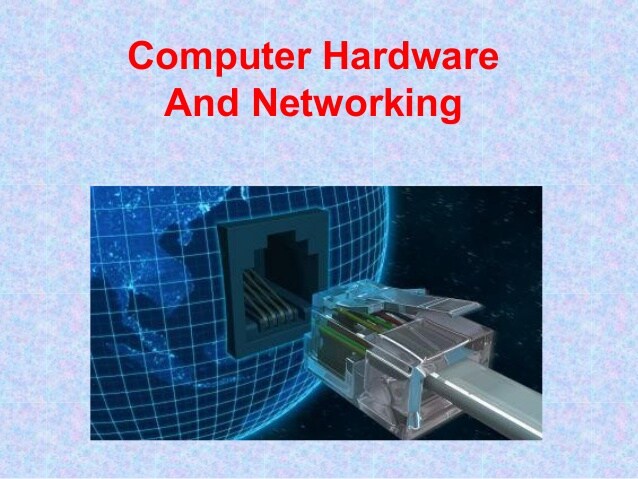
- Teacher: RAJI M P

Students will examine the concepts and practice, and work hands‐on with programming embedded interfaces to sensors, actuators, displays, networks, and people. In the process, they will gain experience both in directly programming embedded devices (in C); and high‐level networked control of multiple embedded devices (in Python or Java).

The communication that occurs in our day-to-day life is in the form of signals. These signals, such as sound signals, generally, are analog in nature. When the communication needs to be established over a distance, then the analog signals are sent through wire, using different techniques for effective transmission.
The conventional methods of communication used analog signals for long distance communications, which suffer from many losses such as distortion, interference, and other losses including security breach.
In order to overcome these problems, the signals are digitized using different techniques. The digitized signals allow the communication to be more clear and accurate without losses.
The following figure indicates the difference between analog and digital signals. The digital signals consist of 1s and 0s which indicate High and Low values respectively.
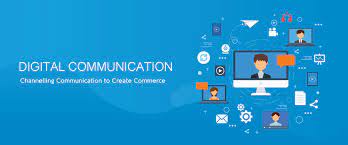
An embedded system can be an independent system or it can be a part of a large system. An embedded system is a microcontroller or microprocessor-based system which is designed to perform a specific task.
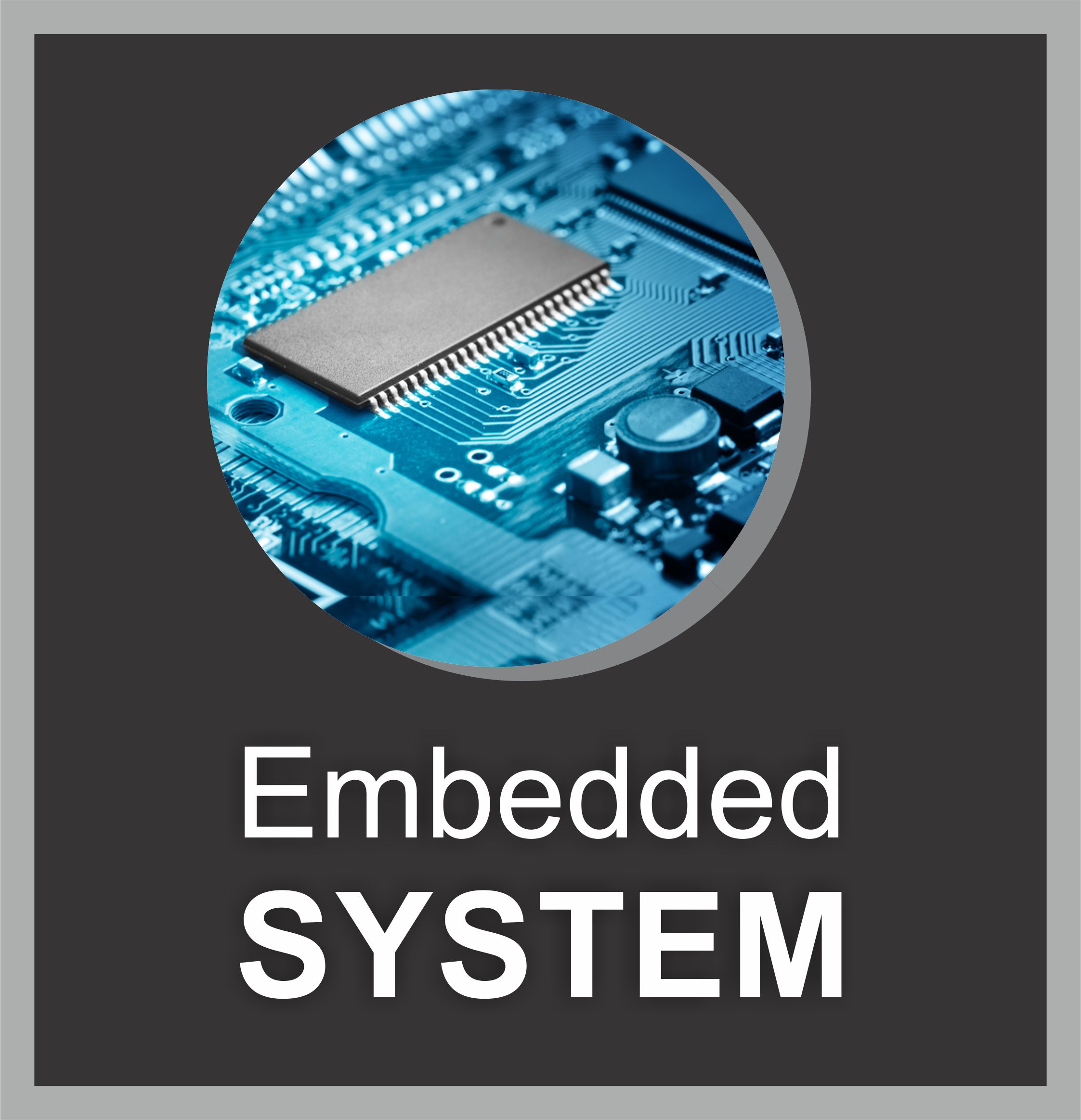
Fiber-optic communication is a method of transmitting information from one place to another by sending pulses of light through an optical fiber. The light forms an electromagnetic carrier wave that is modulated to carry information. Fiber is preferred over electrical cabling when high bandwidth, long distance, or immunity to electromagnetic interference are required. This type of communication can transmit voice, video, and telemetry through local area networks, computer networks, or across long distances.

Muhammad Sabah
To provide students with a broad understanding of physical principles of the universe to help them develop critical thinking and quantitative reasoning skills
To help the diploma engineers in applying the basic concepts of physics to solve broad-based engineering problems
Course Objectives:
To provide students with a broad understanding of physical principles of the universe to help them develop critical thinking and quantitative reasoning skills
To help the diploma engineers in applying the basic concepts of physics to solve broad-based engineering problems
Course Objectives:
To provide students with a broad understanding of physical principles of the universe to help them develop critical thinking and quantitative reasoning skills
To help the diploma engineers in applying the basic concepts of physics to solve broad-based engineering problems

This course is aimed at introducing the primary important concepts of project management related to managing software development projects. They will also get familiar with the different activities involved in Software Project Management. Further, they will also come to know how to successfully plan and implement a software project management activity, and to complete a specific project in time with the available budget.

Engineering Graphics/ Drawing is a graphic language used by the engineers to convey the ideas of any object clearly and accurately in simplest form and shortest way regarding its shape, size, finish, color, manufacturing information etc.
Like any other language, Engineering Graphics has to obey its own rules of grammar, laid down by certain standards.
Students from various engineering programmes are expected to undergo this course, so that s/he can read and communicate technical information correctly.
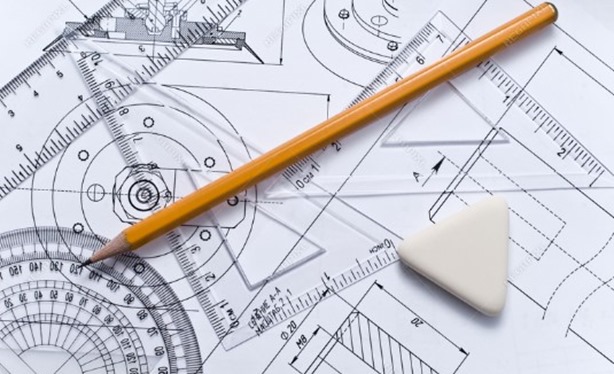
Engineering Graphics/ Drawing is a graphic language used by the engineers to convey the ideas of any object clearly and accurately in simplest form and shortest way regarding its shape, size, finish, color, manufacturing information etc.
Like any other language, Engineering Graphics has to obey its own rules of grammar, laid down by certain standards.
Students from various engineering programmes are expected to undergo this course, so that s/he can read and communicate technical information correctly.
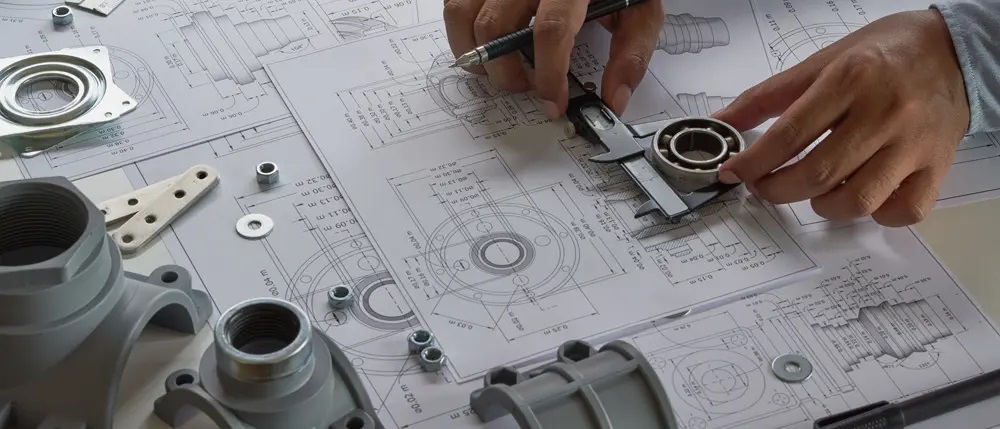
In Computer Engineering, Computer Architecture is a set of rules and methods that describe the functionality, organization, and implementation of computer systems.
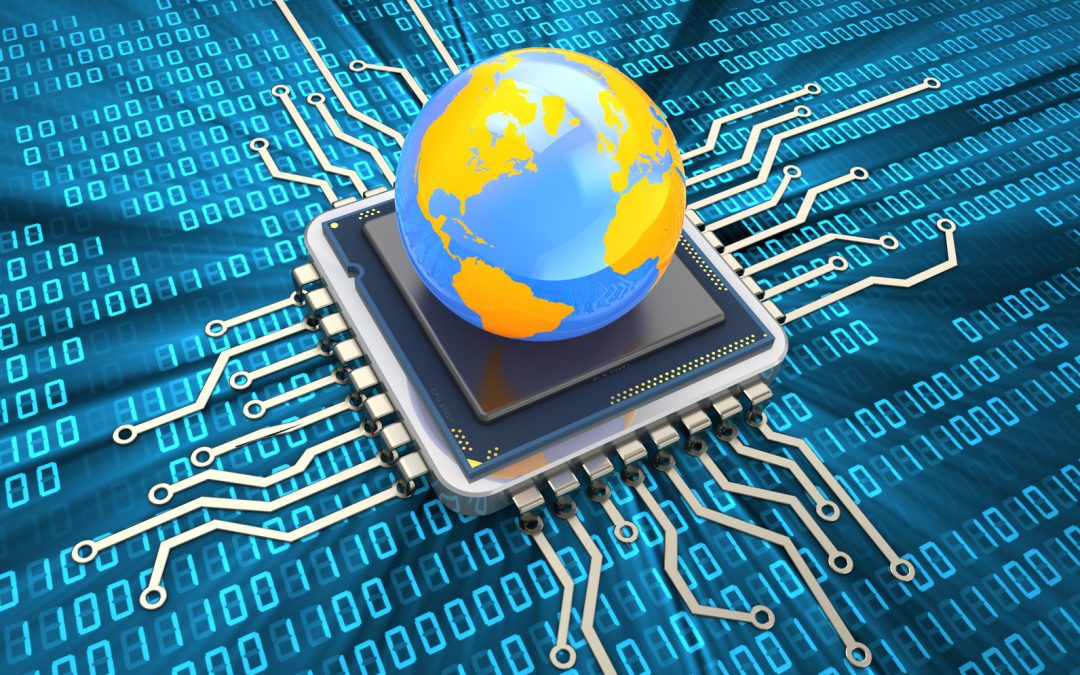
Jacob Joseph
About the course
After completion of the course one will be able to trouble shoot and service a PC / Laptop.
A person will be able to assemble/Disassemble the PC/Laptop.
Course General Outcomes:
Sl. G.O On completion of this course the student will be able :
1. 1 To understand the working of Personal Computer
2 To understand the working and the components of Motherboard
2 1 To understand Powering up of Computer
2 To understand Secondary Storage Devices
3 1 To understand Different Peripherals and Expansion
2 To understand Different custom configuration PCs and Workstations
3 To understand the Installing and Configuring Printers
4 1 To understand Laptops
2 Describe portable computing devices
REFERENCES
1. PC Repair and Maintenance Joel Rosenthal- Fire wall Media,First Edition
2. Comdex Hardware and Networking Course Kit Vikas Gupta DreamTech Press -2011
3. Modern Computer Hardware Course Manahar Lotai,Pradeep Niar,BPB Publication ,2011
4. Troubleshooting, Maintaining and Repairing PCs Stephen J.Bigelow TMH, New Delhi Fifth Edition
5. PC Hardware in a nutshell Robert Bruce and Co O’ Reilly, Shroff Publishers and Distributors -2008.
To make effective communication between the gadgets it is critical to play out every single essential apparatus and their fundamental design precisely. Therefore, to comprehend the system structure, segments and other applicable devices and procedure is an absolute necessity. This course will give a prologue to the field data communications, Layered design of LAN, MAN and WAN, fundamentals of signalling, basic transmission concepts, error detection and correction etc.
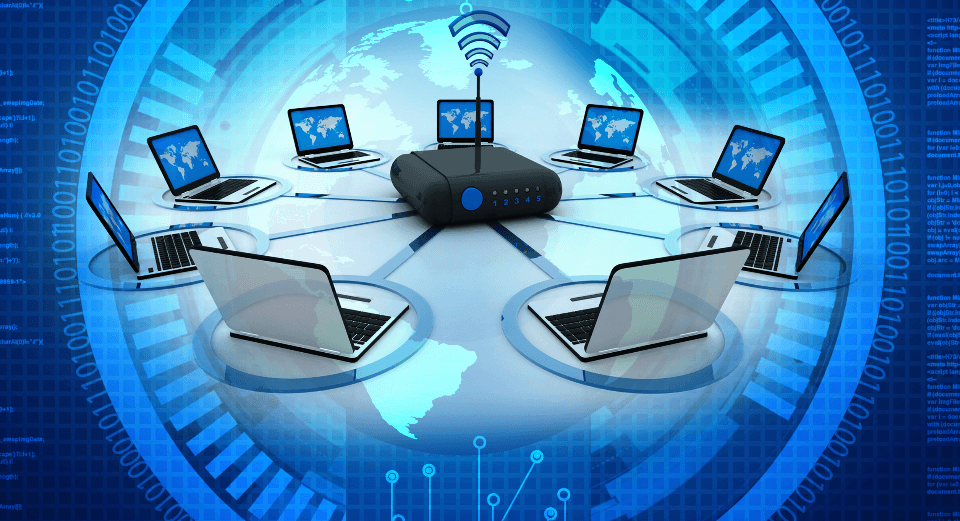
Data Structure can be defined as the group of data elements which provides an efficient way of storing and organising data in the computer so that it can be used efficiently. Some examples of Data Structures are arrays, Linked List, Stack, Queue, etc. Data Structures are widely used in almost every aspect of Computer Science i.e. Operating System, Compiler Design, Artifical intelligence, Graphics and many more.
Data Structures are the main part of many computer science algorithms as they enable the programmers to handle the data in an efficient way. It plays a vital role in enhancing the performance of a software or a program as the main function of the software is to store and retrieve the user's data as fast as possible.

ABOUT THIS COURSE
This course introduce the the basic concept system software and components of operating system. In this course , explain different types of system softwares like loader ,compiler, interpreter and its function. Also focus on function of operating system in detail. After this course Students can also understand about process management, memory management, file system , i/o system and concept of virtualization
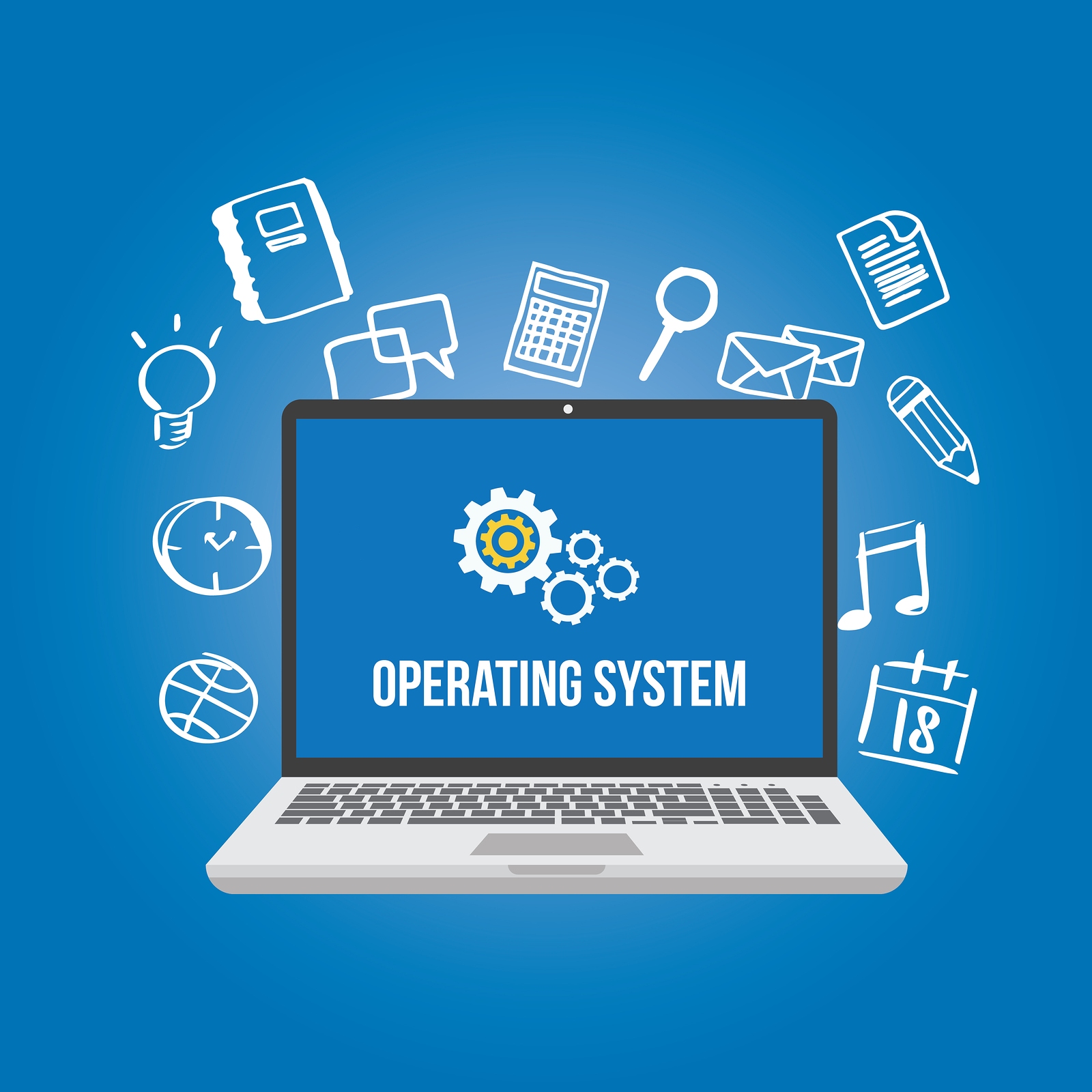
This course is aimed at introducing the primary important concepts of project management related to managing software development projects. They will also get familiar with the different activities involved in Software Project Management. Further, they will also come to know how to successfully plan and implement a software project management activity, and to complete a specific project in time with the available budget.
hk,,,kkkhk
This course introduces the core principles and techniques required in the design and implementation of database systems. This course focus on relational database management systems, including database design theory: E-R modeling, data definition and manipulation languages, database security and administration. It also provides students with theoretical knowledge and practical skills in the use of databases and database management systems in information technology applications.

On completion of the course the student will be able to :
Ø Understand Computer Fundamentals – hardware and Software
Ø Understand computer networks
Ø Study Office automation tools
Ø Email and search engines
Ø Basic Programming Concepts
Ø Introduction to programming in Python

This course will give insight various methods of advertisement and creation of advertisement contents. It will also help in understanding the basic prerequisites of a good salesman

Divya K Babu
Feroze P M
The graphic designing course is designed to develop an Individual that can portray an idea through their art. The course mainly focuses on developing visual communication skills, the idea is not just building a pretty website or visual content but establishing the message through it.
The course examines issues with marketing and managing, a range of events and activities. It explores the types, purpose, and importance of events, that is, meetings, conventions, incentives, exhibitions, sporting, cultural and other events. It analyses the impact of events on local and wider community and economy - economic, environmental, socio-cultural and political - and the implications of these for sustainable business development. The course emphasises the management and marketing of events through their entire process, from the initial idea, planning, and logistics to post-event evaluation.
This course introduces computer programming using the Visual Programming language with object-oriented programming principles. Emphasis is on event-driven programming methods, including creating and manipulating objects, classes. This course will help the students to develop computer programs that utilize classes and objects to solve business and mathematical problems.

The focus of this course is
in the area of financial management. We will show managers how to interface
with accounting and finance departments, help them to understand how firms meet
their financial objectives utilizing financial decision-making.
ABOUT THE COURSE
This course focus on relational database
management systems, including database design and architecture: E-R modeling, data definition
and manipulation languages, database security and administration. It also
covers essential DBMS concepts such as: Transaction Processing, Concurrency
Control and Recovery. It details on SQL and relational algebra operations
Feroze P M
Sumit Chandran T
This course is designed to provide students with an understanding of the data and its
relevance in business and develop an understanding of the quantitative techniques from
statistics. A particular emphasis is placed on developing the ability to interpret the numerical
information that forms the basis of decision-making in business. Most of the examples are
drawn from a variety of business applications. This course introduces business statistics and
fundamental aspects of decision-making. It examines aspects of business and marketing with
regards to basic statistical analysis. Students will be provided with the theoretical concepts,
tools and methods of statistics as well as the opportunity to work through example problems.
This course is designed to provide students with an understanding of the data and its relevance in business and develop an understanding of the quantitative techniques from statistics. This course introduces business statistics and fundamental aspects of decision-making.Students will be provided with the theoretical concepts, tools and methods of statistics as well as the opportunity to work through example problems.
Rise and Shine, (a sequel to Words to Deeds) an interactive Coursebook in English for the second semester students of our polytechnic colleges .
The activities and tasks in the Coursebook are developed in accordance with the new concepts in ELT and the principles of ESP. Most of them have a direct bearing on the growing demands of a successful modern life. The job skills required of a diploma holder to make him more employable and the English he needs at the workplace have been given due emphasis in this book. An honest attempt is made here to bridge the gap between the level of competence in English required and that the learner actually possesses.
The lessons are mainly
activity-oriented, process-based and need-based. This new
book leads the students further into the world of English,
equipping them to use English with ease both at their
workplace and in everyday social situations.
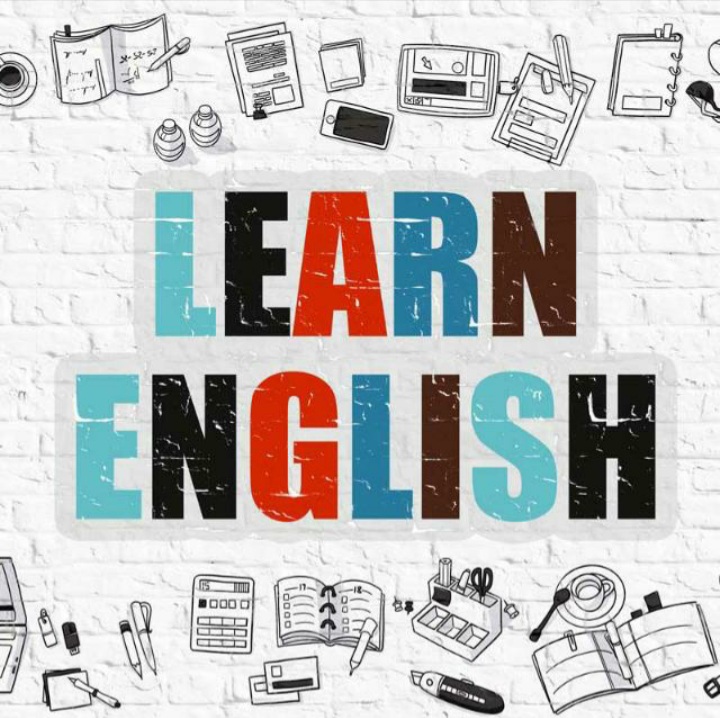
The management information system is a system consisting of people, machines, procedures, databases and data models, as its elements. The system gathers data from the internal and external sources of an organisation. The aim of this course is to describe the role of information technology and decision support systems in business and
record the current issues with those of the firm to solve business problems.